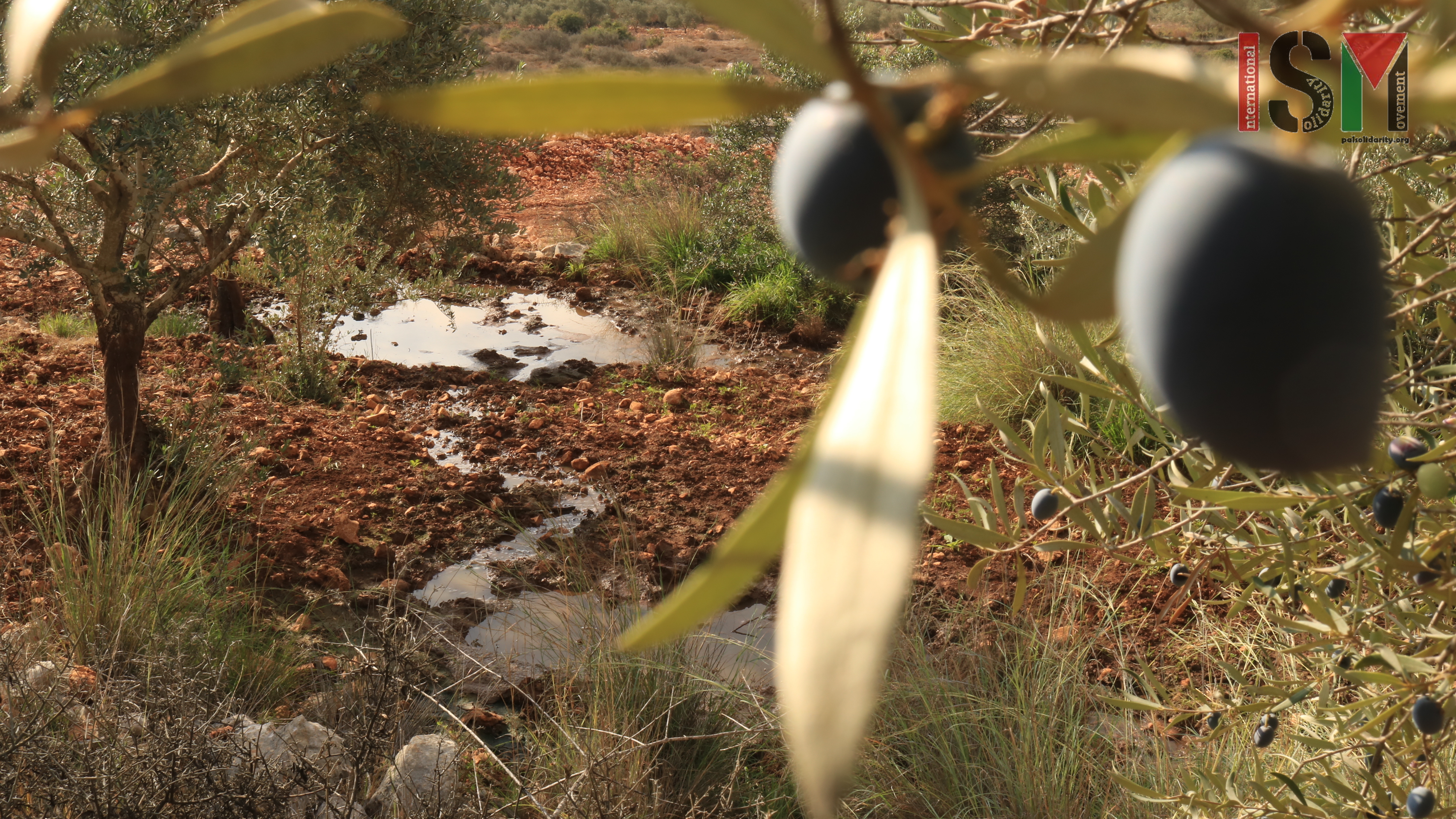Category: Photo Story
-
Settlement Pollutes Palestinian Olive Groves With Sewage Water
November 2017 | International Solidarity Movement, Nablus team | Nablus, Occupied Palestine The farmers in South Bruqin have had to face the difficulties living next to, and having land stolen by, the illegal settlement of Bruchin since 2000. The last eastern expansion of the settlement led not only to a new settler road cutting through…
-
Israeli armed forces and settlers harassing farmers in As Sawiya
31st October 2017 | International Solidarity Movement, Nablus team | Nablus, Occupied Palestine On Sunday the 29th of October 2017 – near the Palestinian village As Sawiya – Palestinians and Internationals harvesting olives were met by the Israeli army. Three ISM’ers joined two Palestinian women harvesting in their family land. The family has been facing…
-
Eid celebration for children in Tel Rumeida, occupied Hebron
29th June 2017 | International Solidarity Movement, al-Khalil team | Hebron, occupied Palestine On Tuesday the founders of the Tel Rumeida Garden next to the Gilbert checkpoint in occupied al-Khalil (Hebron) organised an Eid celebration for the children from the community. The event started at 9:30 am with a running game and about 60 children…



